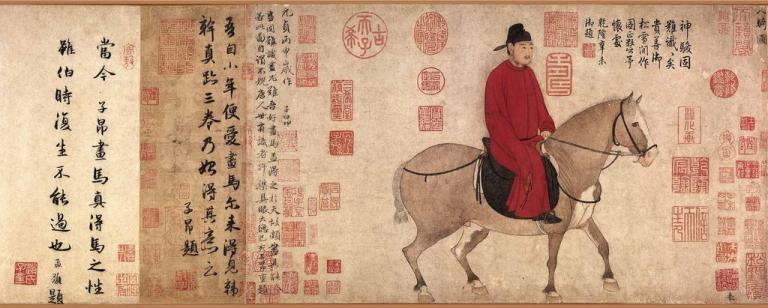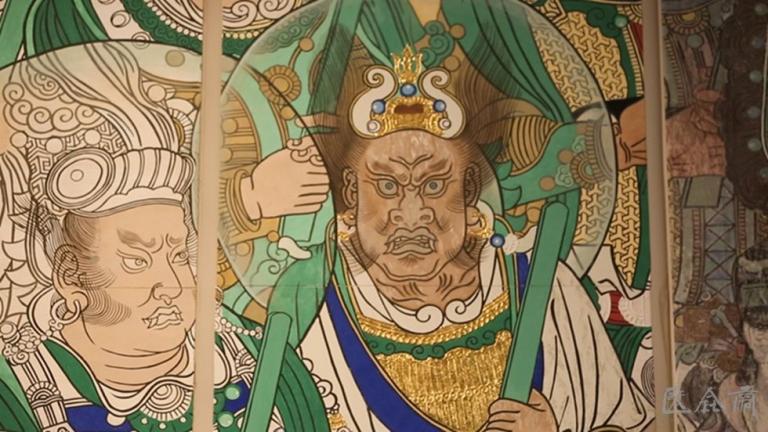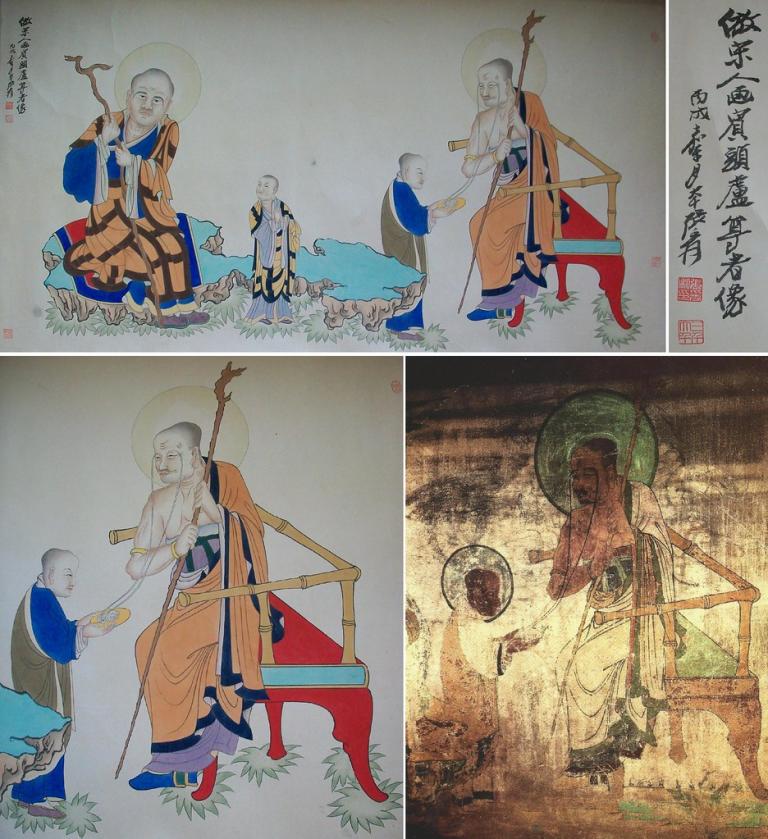Mural Painting in Yuan Dynasty
3 min readIn Yuan dynasty, mural paintings mainly demonstrated human activities. The extension and profundity of both theme and content of mural paintings excelled those of scrolled figure paintings. Rulers of Yuan dynasty paid attention to the consolidation of regime through religion. At the time it was very popular to build and renovate temples and to dig caves and set up statues. Mural painting also flourished. Many famous mural paintings appeared in temples at this period, for example, Esoteric murals in No.3 cave and No.465 cave in Mogao Grottos in Dunhuang, mural in Xinghua Temple in Jishan in, Shanxi province and mural in Yuan Tomb in Miyun in Beijing. And the most exquisite of all was mural in Yongle Palace.

Yongle Palace was actually a Taoist temple located in Yongle town 20 kilometers southwest to Ruicheng City in Shanxi province. The temple was moved intactly to the place near the Five Dragon Temple in Dragon Spring village in Ruicheng City becauseof the construction of the Sanmenxia hydropower project. It was said that the temple used to be the former residence of Li Dongbin, one of the Taoist founders. The major constructions left today, Dragon and Tiger Hall, Sanqing Hall, Chunyang hall and Chongyang Ha11, still kept the characteristics of Yuan dynasty architecture. In each hal1, there were beautiful murals. In the Dragon and Tiger hall, Gods Shen Tu and Yu Lei, immortal officials and immortal generals were all in their armour and with weapons in hand, frowning and glowering with portliness.
In the Sanqing Hall there was a mural called The Ceremony Orchestra of Taoist Worshipers. The 4.26 meter high,94.68 meter long mural depicted the scene of allTaoist immortals worshiping the celestial Emperor. All figures in the mural were tall and grand with accurate images, different expressions and vivid lifelikeness.
There are 286 Taoist characters formed a large group of worshipers. Through depiction of th change of characters’ motion, expression, wreathing auspicious cloud, the painter made the mural an integrated unity with diversification, echo and sense of rhythm.

The smooth lines with strength, massy and flowery color and use of trickling and gilding helped to strengthen the theme of the mural and endowed it with resplendent and magnificent elegance and beauty.
In Chunyang Hall, there were 52 murals depicting life stories of Li Dongbin. The painter made use of landscapes, buildings and pavilions to depict different stories in the same picture with integrate arrangement. The murals revealed expansive content of the society. At the back side of the shrine in the hall there were a mural titled Salvation of Lu Dongbin by Immortal Zhong Liquan, the personality and facial expression of figures in which were more particular and delicate. In Chongyang Ha11, the murals on the four walls were 49 pictures depicting famous Taoist priest Wang Chongyang’s life story from his birth to his Salvation of seven Taoists to attain the Way, which were also masterpieces among mural paintings. The Yongle Temple murals were invaluable also because it kept the painters’ names. In ancient mural paintings, painter’s names were rarely seen. And in murals in Yongle Temple, we could see names of excellent mural painters like Ma Junxiang, Zhang Zunli, which were precious historical documents in Chinese Art history.









